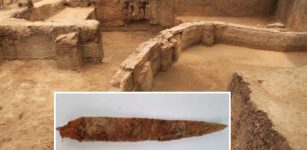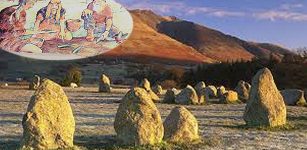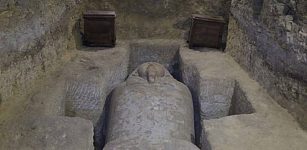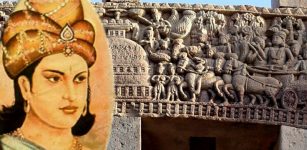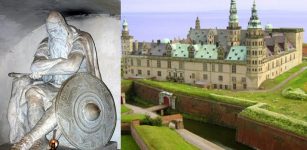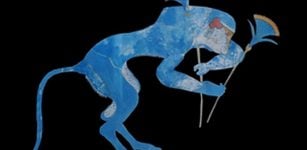Inca Llajta: Largest And Most Impressive Inca Complex In Bolivia
MessageToEagle.com – Inca Llajta (in Quechua means ‘Inca Town’) is considered the largest and most impressive Inca complex in Bolivia, which served as the most eastern fortress of the large Inca-empire.
Around 1470, the Incas took residence in this stone fortress and were present there until 1525.
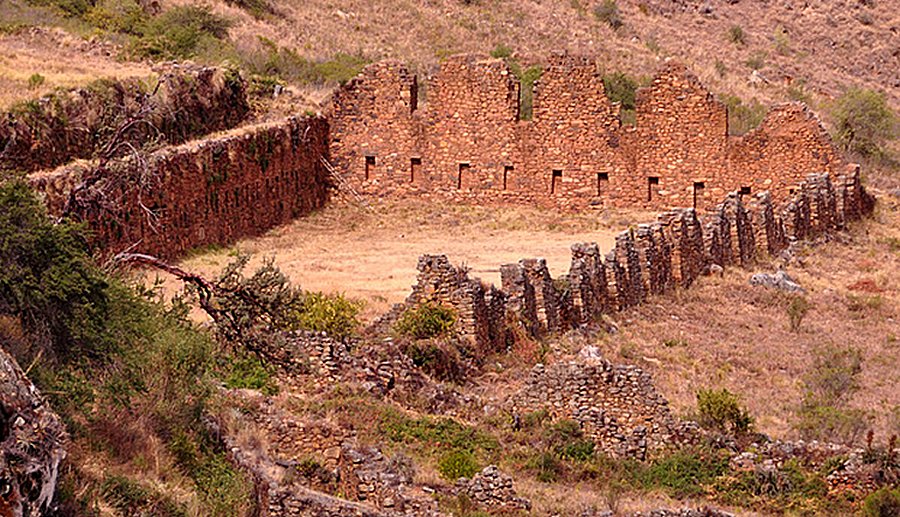
Fort Inca Llajta and at least 50 other structures are strategically located at an altitude of 2900-3200 meters, about about 20 km from the village of Pokona, on the old road Cochabamba-Santa Cruz, Bolivia (132km east of Cochabamba).
It was built around 1463 and 1472, most probably by Inca Emperor Tupac-Yupanqui, a great conqueror, who was to bring most of the Central Andes region under Inca rule. Later reconstructed by the Inca Huayna Capac, the site was finally abandoned in 1525, in the last year of his rule.
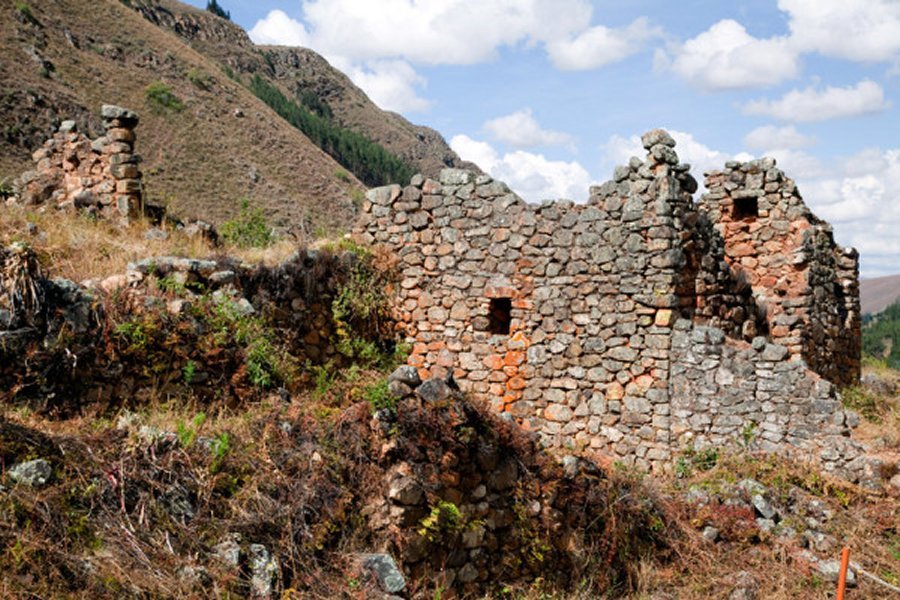
Whether Inca Llajta was built against attack by the Indian nation, Chiriguanos, who, as records say, were the toughest opposition the Spaniards ever faced in the center of South America, or against the increasing Spanish pressure in the area – is unclear.
According to the earliest accounts, the Chiriguanos had their origin in a migration of Guarani people from the lands located to the east of the Paraguay River.
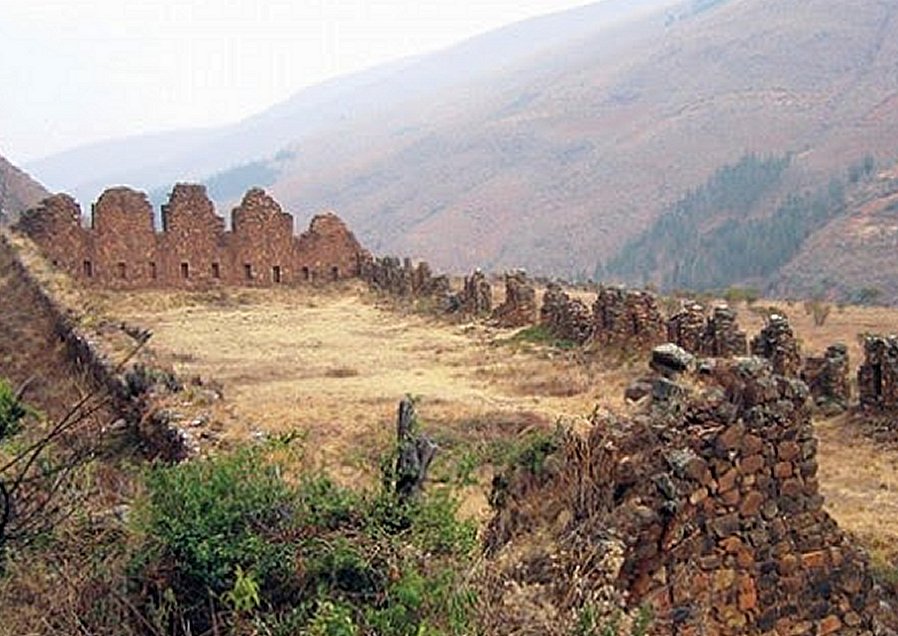
Destroyed by time and the Spanish Conquistadors, Inca Llajta remains in ruins. However, this ancient Inca town is still an impressive example of architectural engineering. There are huge, zigzag defensive walls still standing, a network of dormitories, a prison, some remains of strange towers used for astronomical observations and a set of buildings that were probably a Ajllawasi or House of the Chosen, “kóllkas”.
There are also remains of the largest Incan building to have ever been found are still clearly visible. It is the kallanka’ (Kallanca), Inca Llajta’s most noteworthy structure, measuring 80m by 25m, with the roof supported by massive columns.
The Kallanka was probably of military character. Outside it is a large boulder, probably a speakers’ platform.
The ruins were discovered in 1914 by Swedish zoologist and ethnologist Ernest Nordenskiöld, who measured and mapped them.
MessageToEagle.com
Expand for references

